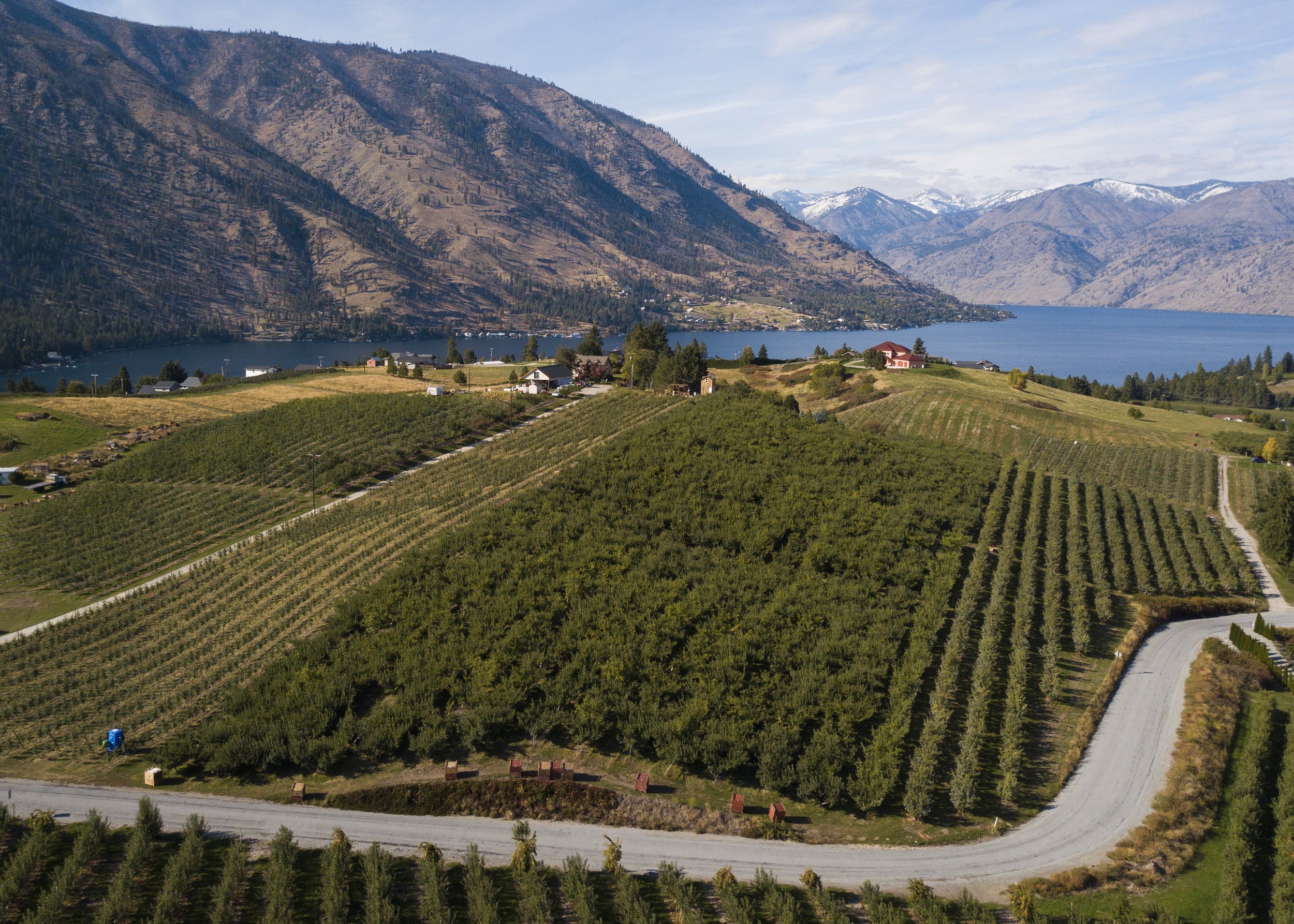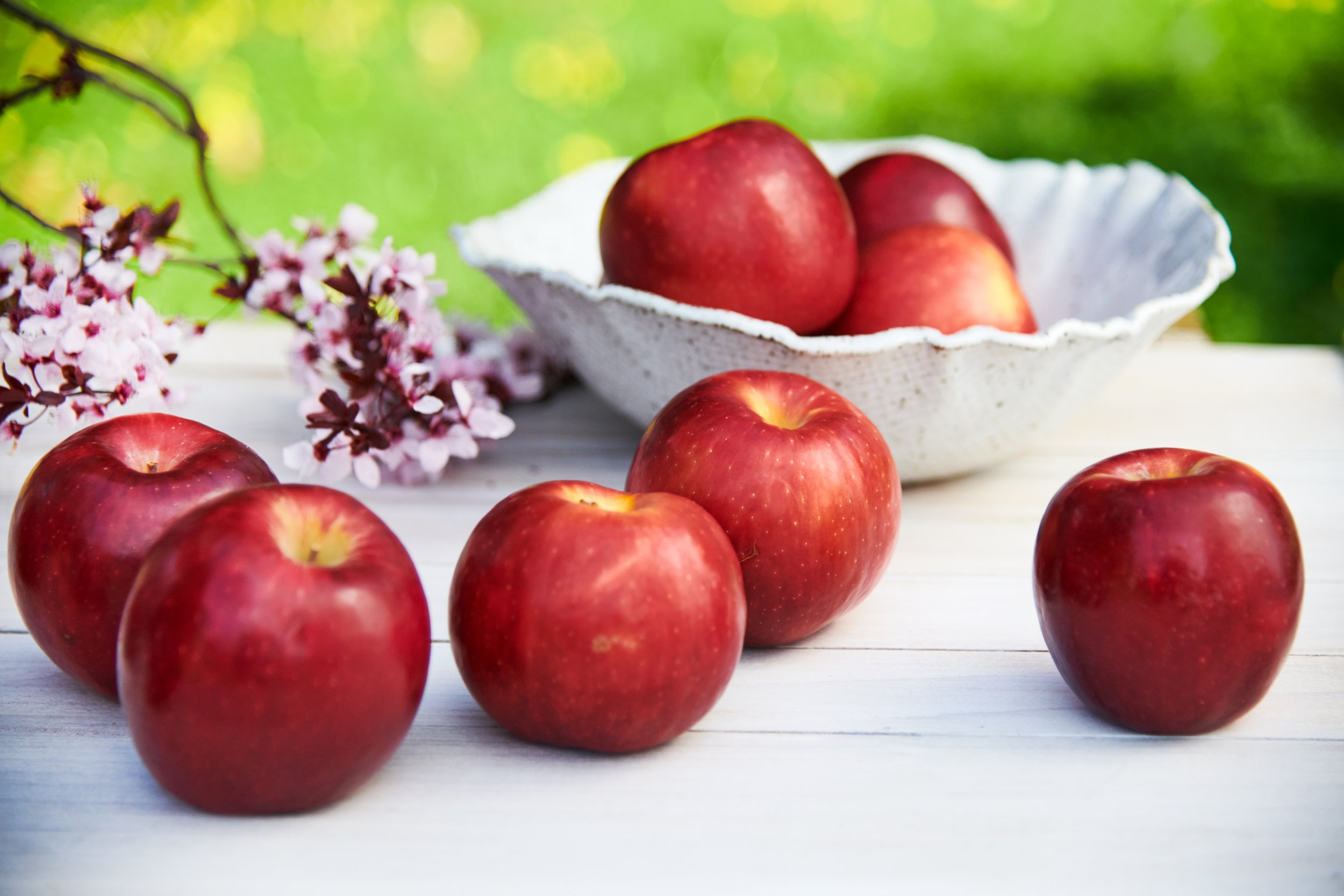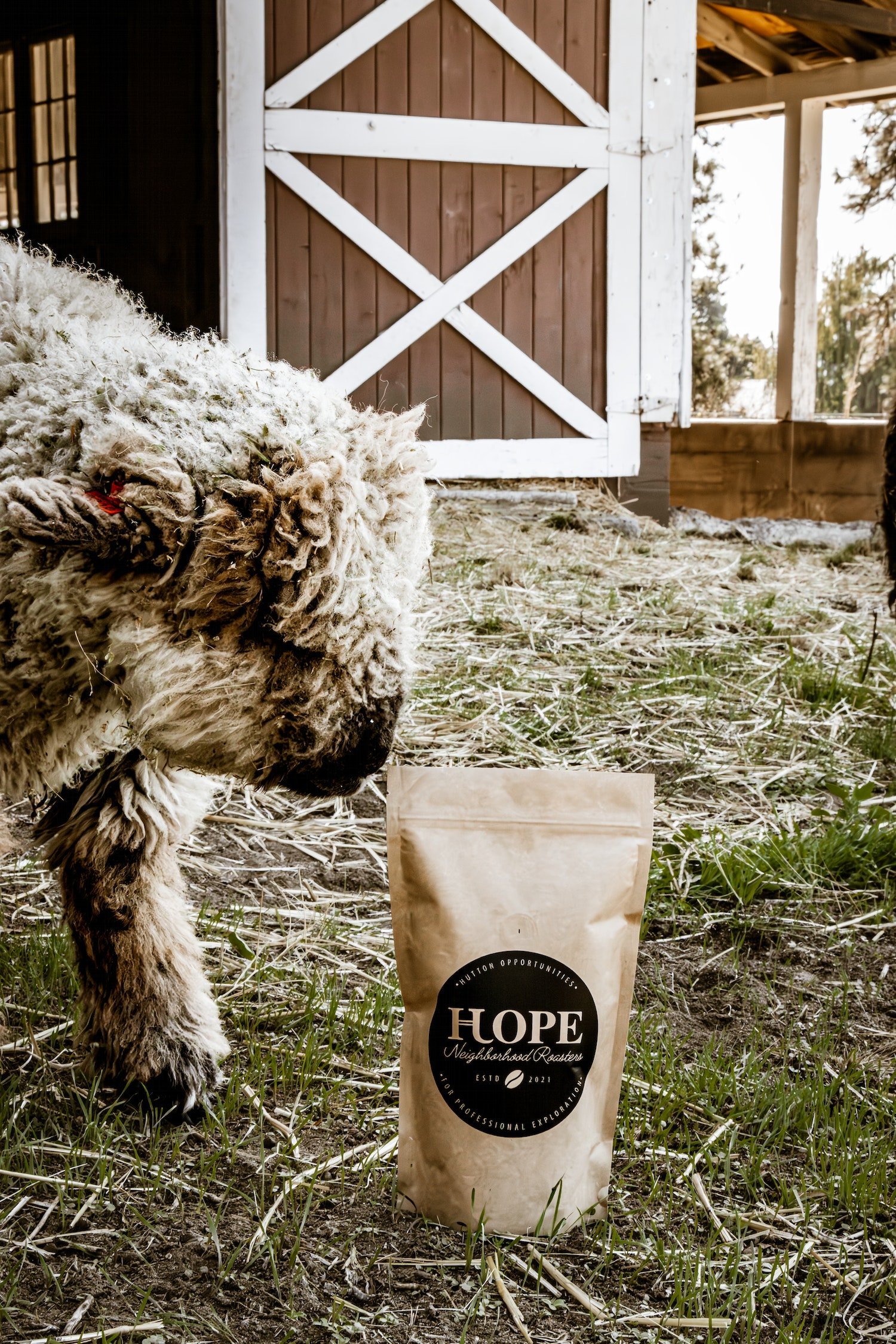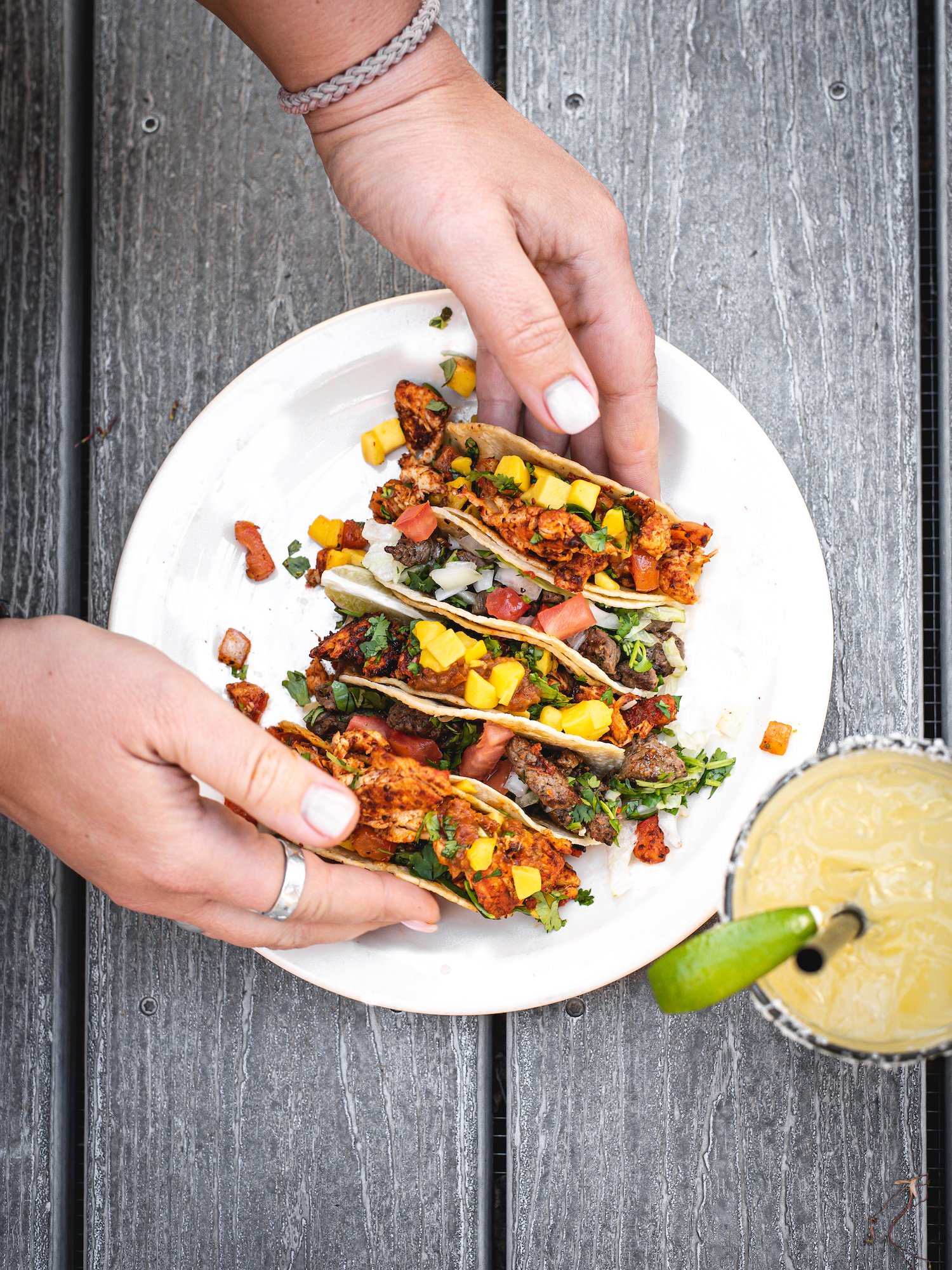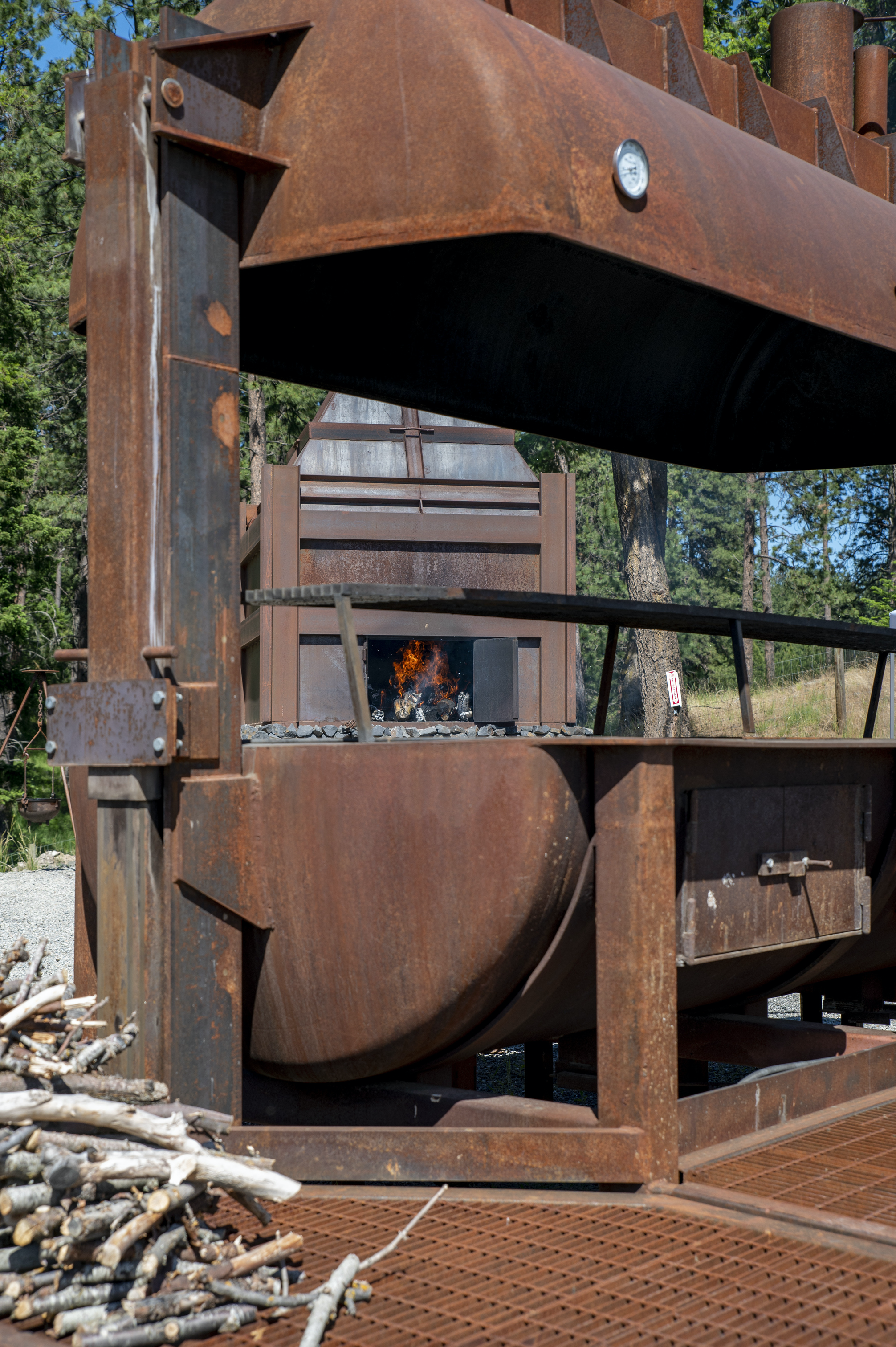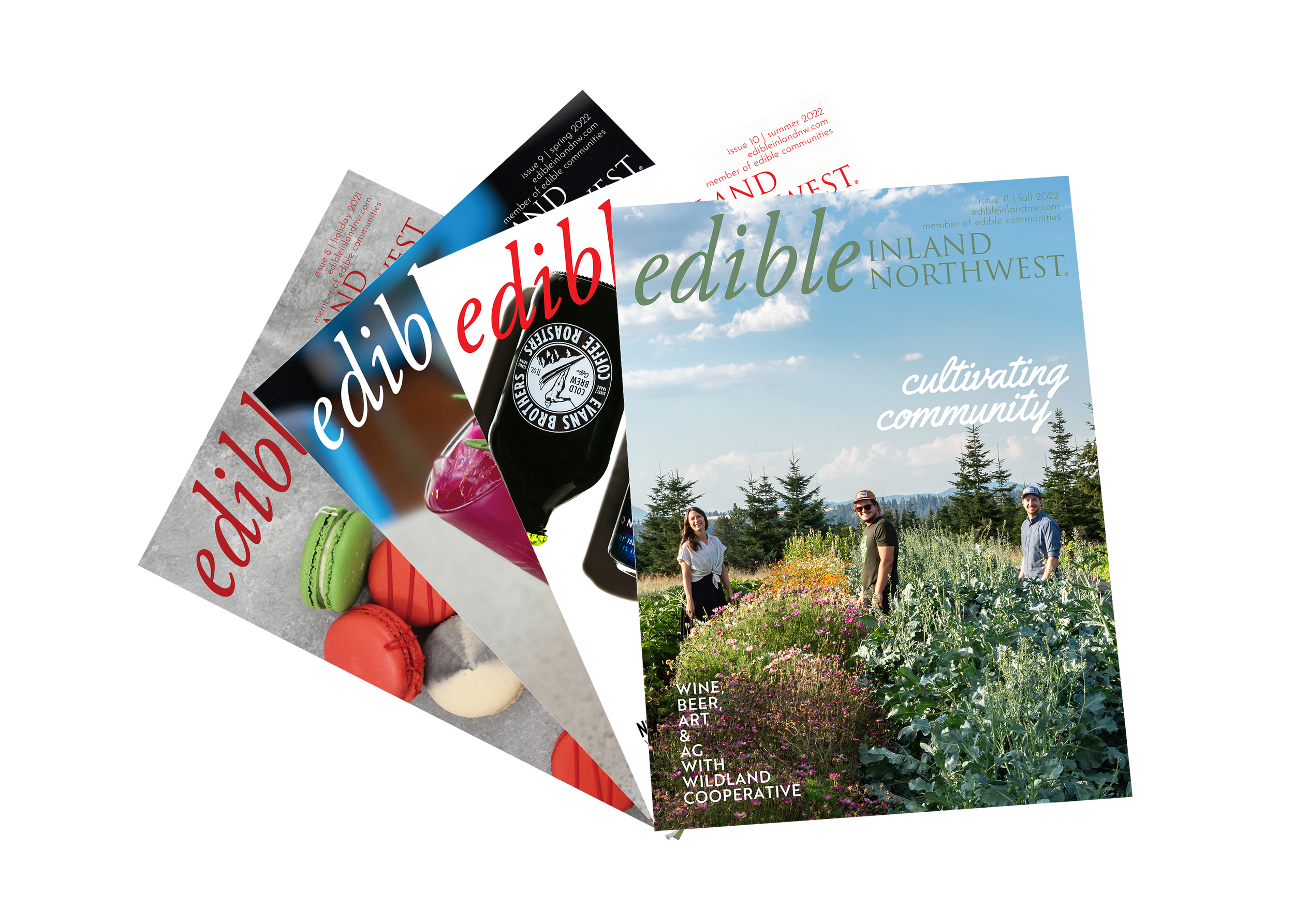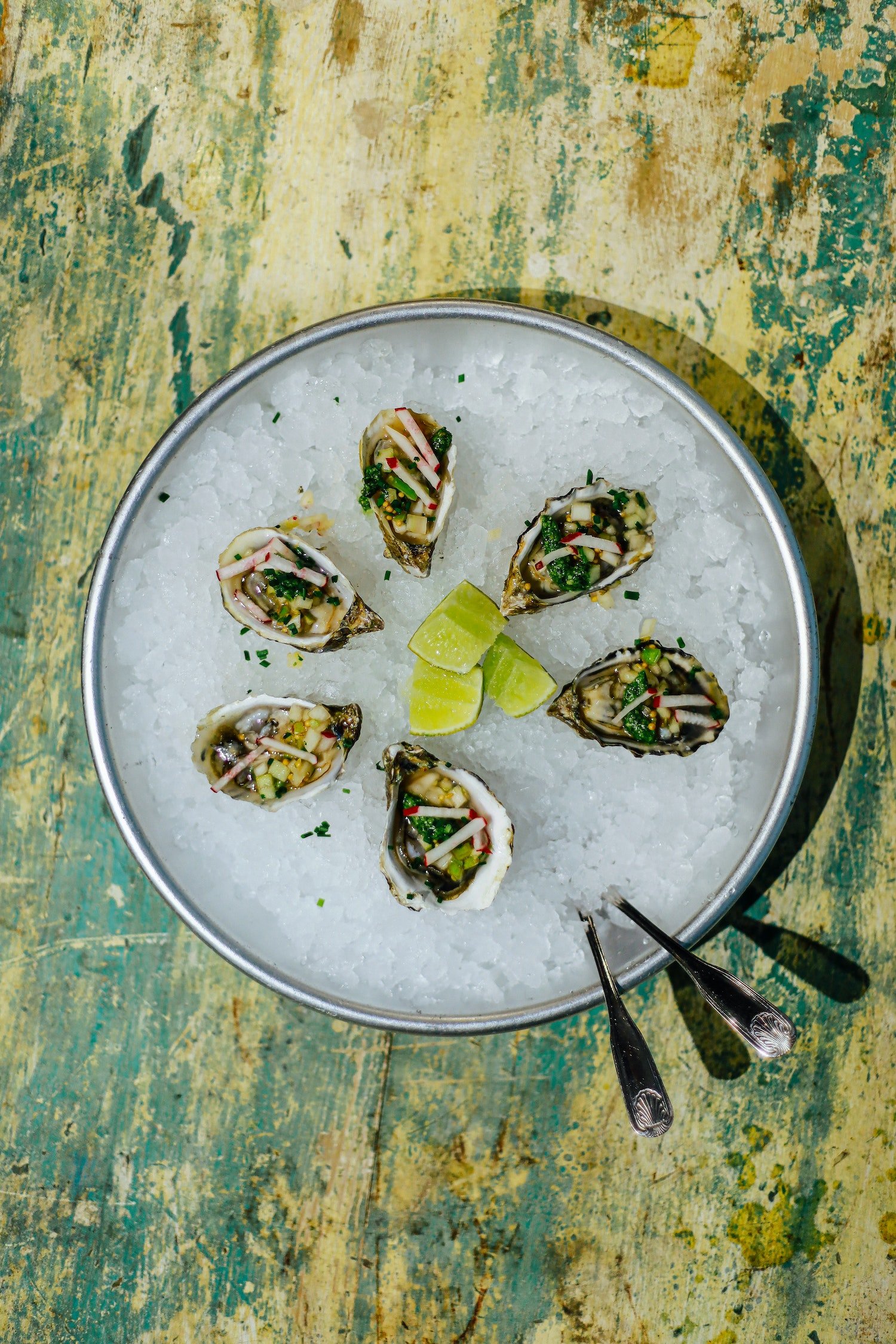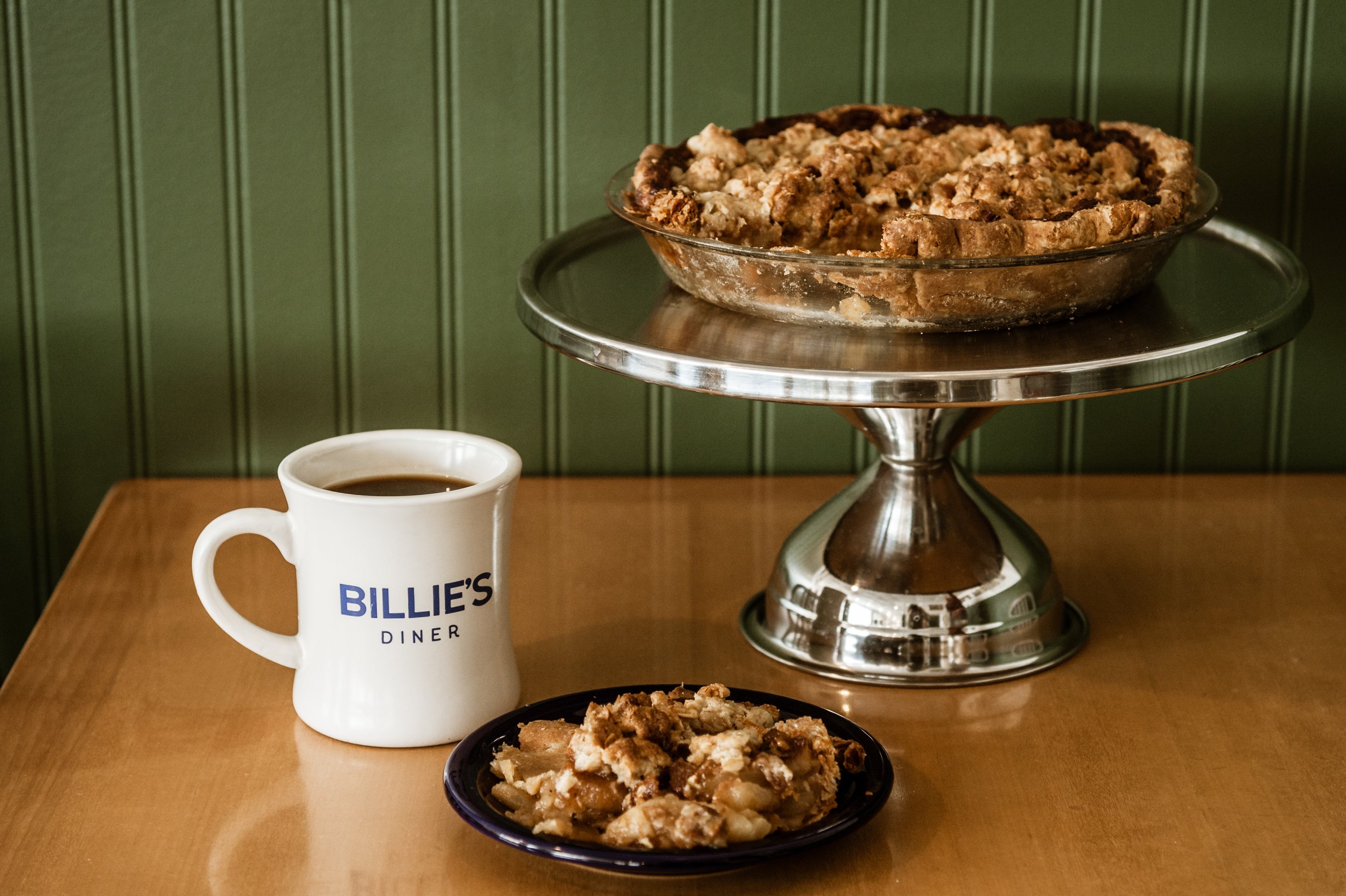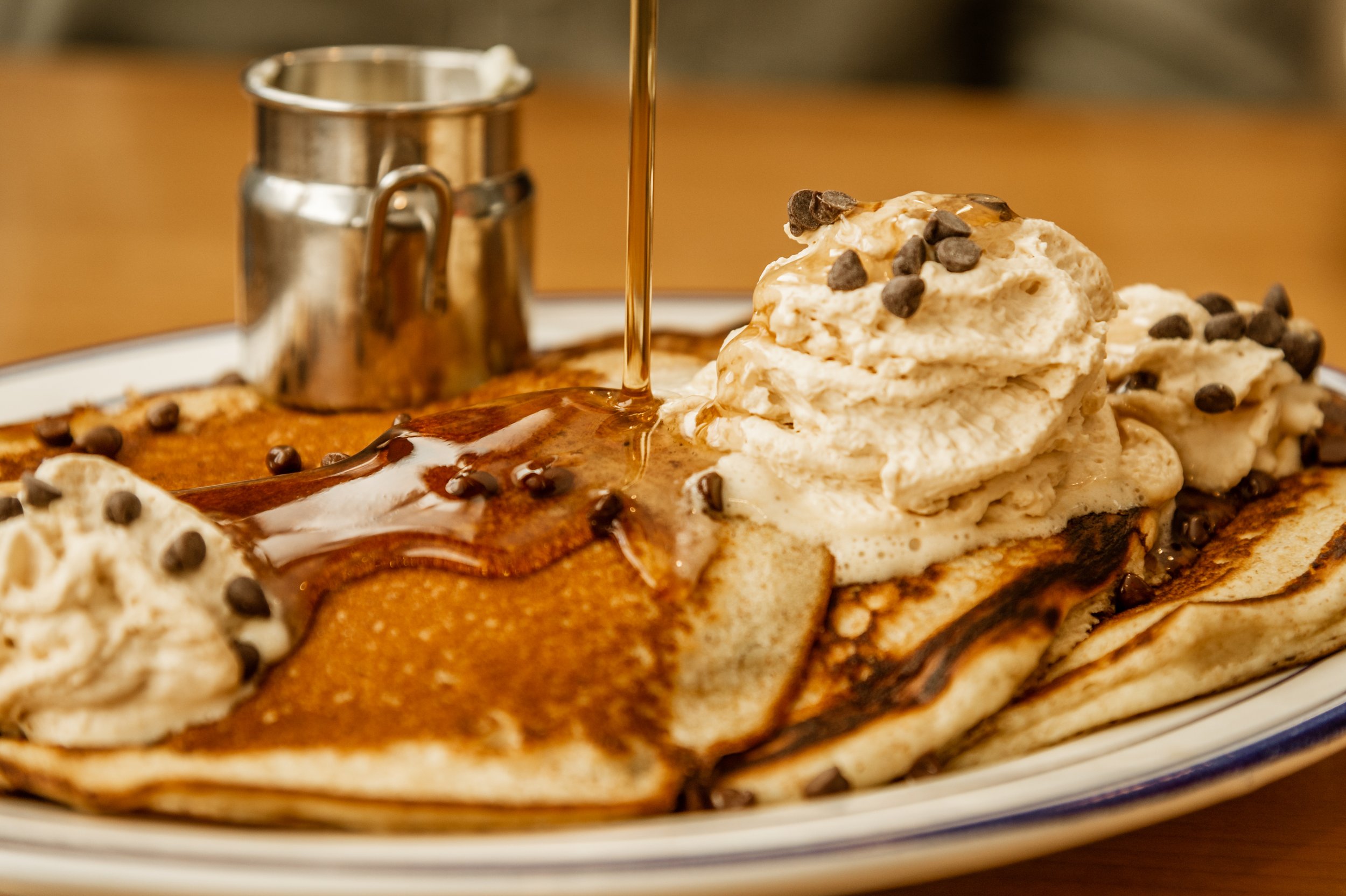Cosmic Crisp: A Washington Apple That's Out of This World
Courtesy © Proprietary Variety Management
Cosmic Crisp: A Washington Apple That's Out of This World
BY ADRIANA JANOVICHPeople are liking the long-awaited apples.
Perhaps that’s in part because of the fanfare surrounding their release. By the time the first harvest finally hit produce aisles late last fall, Cosmic Crisp was already famous.
Bred at Washington State University specifically for this state’s climate and backed by a five-year, $10.7 million marketing campaign, the new variety was making headlines from coast to coast years before it became commercially available. It’s difficult to believe — with Washington being the top apple-growing state in the country — but Cosmic Crisp was the first Washington-developed apple to widely hit the market. And that milestone did not go unnoticed.
Cosmic Crisp, a registered trademark of WSU, has its own Instagram, Twitter and Facebook accounts as well as a Pinterest page, YouTube channel and website. A former NASA astronaut serves as one of the apple’s brand ambassadors. Prevention Magazine put the new variety on its cover. Good Housekeeping awarded the apple its “Nutritionist Approved” emblem. And tasters at America’s Test Kitchen scored it “significantly higher” than other apples, noting the new variety sports a thick skin that “snaps when you bite into it.”
That snap-crunch is just one of the attributes that makes this attractive apple especially appealing. As far as looks go, Cosmic Crisp is kind of like a real-life version of the Red Remarkable Winter Apples from Wes Anderson’s 2009 film Fantastic Mr. Fox. Crimson in color and flecked with tiny golden starbursts, the apple — crisp, firm, and juicy but not watery — is inherently festive, perfect for complementing dramatic dishes — either sweet or savory — on the holiday dinner table. And its long storage capacity makes it quite possibly the perfect pome for riding out a pandemic.
Courtesy © Proprietary Variety Management
The Cosmic Crisp was bred to maintain its flavor and texture for up to a year in commercial cold storage. Even when cut or cooked, the apple is naturally slow to brown, retaining its pleasing appearance. Sweet, tangy, tart but not too sharp, it makes for an exceptionally good eating apple. And, in the oven or on the stovetop, it stands up to high temperatures.
Its official, trademarked tagline calls it “The Apple of Big Dreams.”
Jamie Callison, executive chef of WSU’s School Hospitality Business Management at Carson College, calls it a game-changer. Cosmic Crisp, he said, is simply “a beautiful apple."
“It’s versatile in terms of how you can use it, and it has a long shelf-life. That’s why it’s going to be successful,” Callison said. “You’re not having to run to the store as much. That’s important during these times.”
On the savory side, he says, the premium-priced, non-GMO apple pairs well with pork, chicken, oysters, brie and “of course, Cougar Gold cheese,” WSU’s signature canned rich white cheddar.
Or, add the apple to salsa. Put it on pizza. Use it to liven up oatmeal.
On the sweet side, feature Cosmic Crisps in tarts, galettes, streusels, upside-down cakes or the Cosmic Crisp Ornament Cake, developed especially for the brand in time for the holidays.
Consumers in statewide focus groups were so enamored with the spacey little sparkles on the apple’s deep ruby-red skin that they dubbed the variety “Cosmic.” The lenticels, or pores, reminded them of distant stars. “Crisp” not only describes the apple’s texture but pays homage to one of its parents, the Honeycrisp. Its other parent is the Enterprise.
Talk about good breeding.
Courtesy © Proprietary Variety Management
It took two decades of extensive research by WSU’s pome fruit breeding program — with support from throughout the WSU Tree Fruit Research and Extension and Department of Horticulture in the College of Agricultural, Human, and Natural Resource Sciences — to develop Cosmic Crisp. Beginning in 1994, a team led by horticulturist Bruce Barritt produced thousands of hybrid seeds, including WA 38, the 1997 cross that produced Cosmic Crisp. The first commercial planting went into the ground 20 years after hybridization.
Washington growers — who helped fund the research and have so far planted some 15 million Cosmic Crisp trees — enjoy the exclusive right to cultivate the new variety in North America for 10 years.
Growers in countries on other continents — China, Australia, New Zealand, South Africa and parts of Europe including Italy — are also cultivating the new apple. But, says Kathryn Grandy, chief marketing officer for Proprietary Variety Management, “those growers do not have the tree volumes that we have in Washington state.”
Washington state grows nearly 60 percent of this country’s apple crop — about 135 million boxes, each weighing about 40 pounds — raking in about $3 billion per year. In all, about 1,300 growers cultivate apples on some 175,000 acres, largely in Central Washington. Nearly 500 so far are growing Cosmic Crisp.
Expect to see more in stores come the holiday season. Some 1.95 million boxes of Cosmic Crisp were slated to ship nationwide in fall 2020, compared to 346,000 boxes in 2019. Estimates for 2021 were 6 million, followed by 10 million the following year and 14 million the year after that. By 2026, more than 21 million boxes are expected to be distributed.
“The bigger volume and fact that the apple does store so well means we should be able to provide consumers with that eating experience throughout the year,” said Kate Evans, leader of WSU’s pome fruit breeding program since 2008, when Barritt retired.
“You have to build up that expectation,” Evans said. “And you’ve got to get a really good quality piece of fruit to consumers so they want to go out and buy it again.”
“I think the industry has done a really good job with [Cosmic Crisps,]” Evans said.

